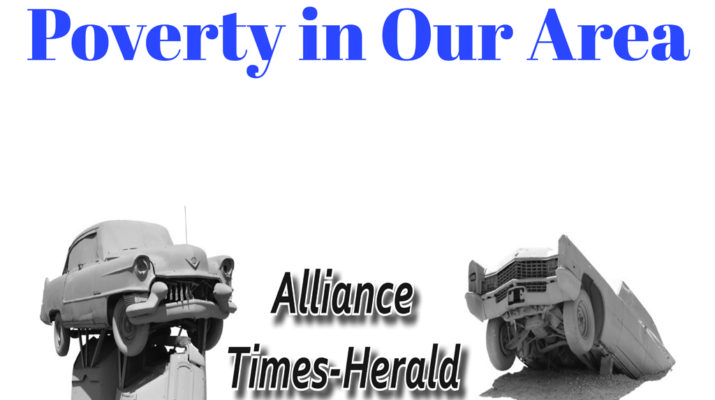The term poverty is most often associated with a lack of financial resources, but it can be the lack of any of the resources we need to build a better life.
Another type of poverty a person might experience is emotional poverty, or lacking emotional resources. This type of poverty often manifests itself through loneliness, mental challenges, relationship issues, or difficulty with life or coping skills. It can lead to responses such as anger, anxiety, isolation, physical abuse, drug or alcohol abuse, and a host of additional negative behaviors. Even more than financial poverty, lacking emotional resources makes it difficult to build that bridge to a better future.
Having emotional resources means having the stamina to withstand difficult and uncomfortable emotions. A person should be able to choose and control emotional responses, particularly to negative situations, without engaging in self-destructive behavior. Emotional resources are shown through choices and reactions.
A lack of these emotional resources is not limited to any particular demographic group. It may be a result of financial poverty, but it is just as likely to exist in wealth or middle-class households. It could result from a loss of a job or a tough home environment, strained relationships, drug or alcohol abuse, or mental health issues.
Emotional poverty occurs, according to Bridges Out of Poverty, when
• the brain is not regulated
• the inner self is underdeveloped
• bonding and attachment to other people is not secure
• the external environment repeatedly reinforces “less than” or “separate from” status.
Right now in America, emotional poverty is a major concern. COVID created isolation and barriers we still haven’t completely overcome. Whether to wear masks became a divisive topic. Our students lost several months of interaction with their classmates, time normally spent developing social and emotional skills.
Self-injury or self-harm like cutting or burning, promiscuity, drug or alcohol abuse, or any high-risk behavior often begins around the ages of 12 to 14, and it is most commonly the result of feelings of sadness, distress, anxiety, or confusion. Teenagers often use self-injury as a way to cope with these negative emotions. Recent studies have found that around one-third of adolescents in the US have engaged in some type of non-suicidal self-injury. Suicide is another problem, the second-leading cause of death among 10-24 year-olds. Acting out against others is common in America. The U.S. has had 1,316 school shootings since 1970 and these numbers are increasing. More than 300,000 students have experienced gun violence at school since Columbine.
Emotional poverty isn’t just a problem of schools. We aren’t respecting differences, including differences of opinion. Political division is unlike anything since the Civil War. People, including our politicians, are wearing their extreme right or left views as badges of honor and refuse to hear other sides of arguments. We’ve been given permission to be thoughtless and rude; we saw signs in the last election that included expletives. Compromise has become nonexistent, and civility seems to be following.
Counseling professionals have identified several crucial emotional needs for human beings. A few of these include:
• the security of a stable home life
• giving and receiving attention
• a sense of control over one’s environment
• a sense of belonging and connection with a wider community
• a sense of possibility, a better future
• meaning and purpose
• a sense of achievement
• a sense of emotional connection, friendship, and intimacy with others
We typically think of poverty in terms of financial resources. However, the ability to leave poverty depends more on a person’s other resources. We’ve learned through Bridges Out of Poverty that there are eleven types of resources we need: financial, emotional, mental, spiritual, physical, support systems, relationships, knowledge of hidden rules, and coping strategies. (See the March 2, 2022 article.) We’ve had several columns about financial resources, knowledge of hidden or unspoken rules, and language resources.
This research has been done by Ruby K. Payne, Ph.D. and her colleagues at the aha!Process, the parent company of Bridges Out of Poverty. Bridges Out of Poverty programs are designed to help professionals and communities develop strategies for dealing with the issues that separate social and economic classes.
Bridges: Community Lens will be held in the Alliance High School commons area on Thursday, June 9, 9:00-3:00. Register at panhandlepartnership.com/events. The $45 registration fee includes refreshments and lunch. If you are requesting a scholarship or paying for a group of people, please email connor.wilburn@panhandlepartnership.com and ask Connor to handle your registration.
Please join us as we work to apply this research in our area.

